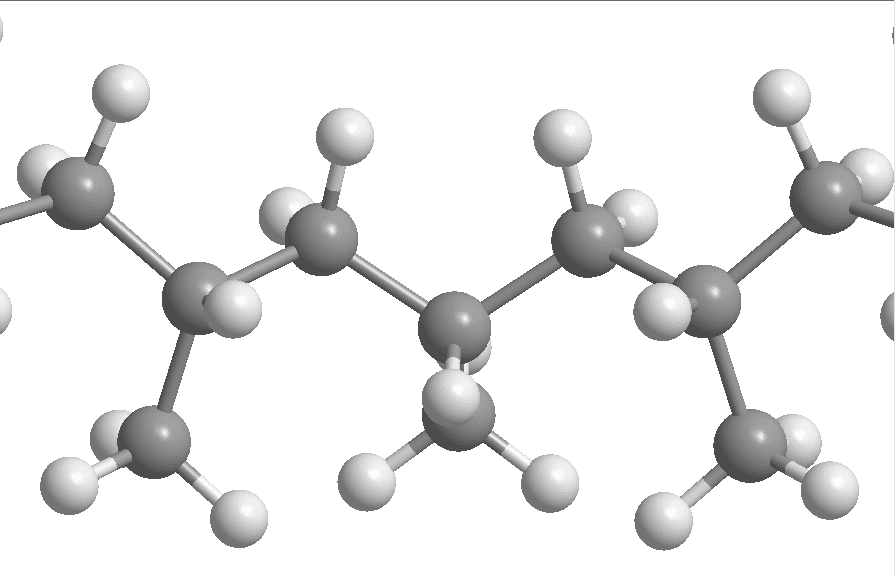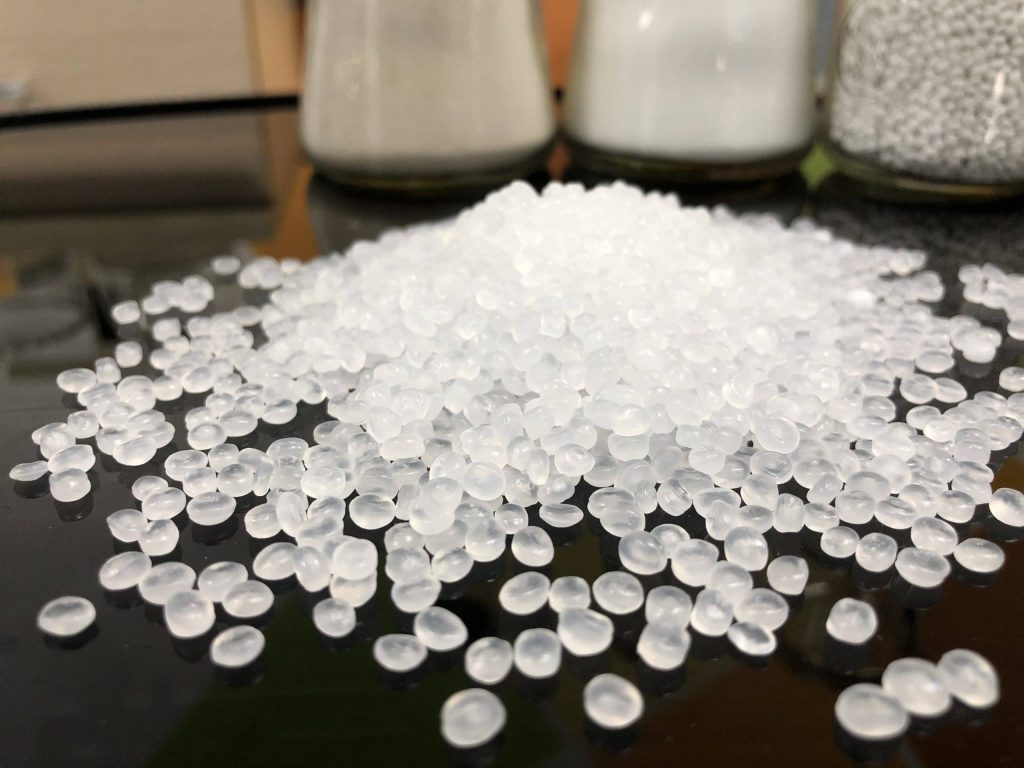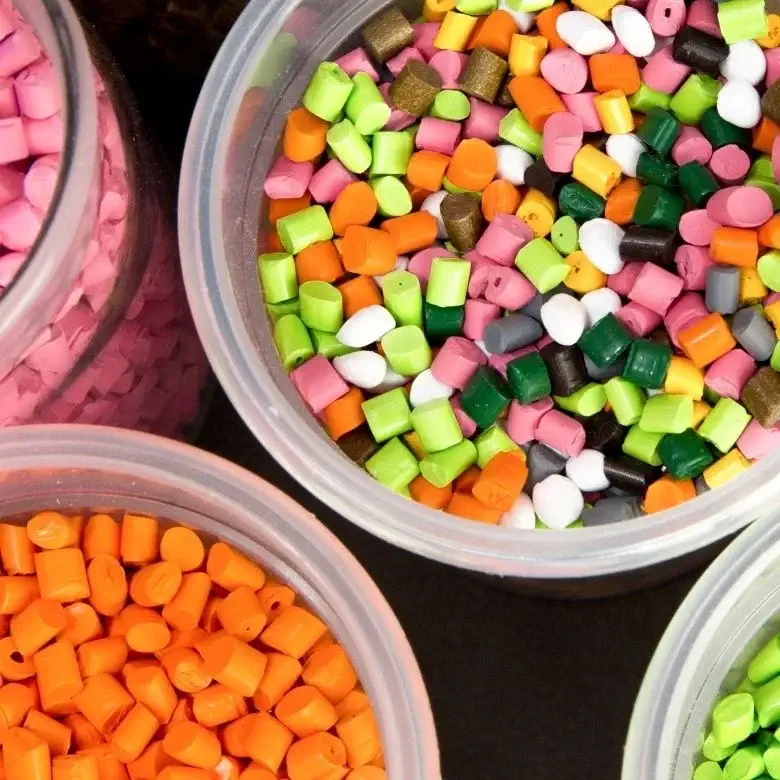
What is Polypropylene (PP)
Polypropylene (PP) is a thermoplastic polymer that belongs to the polyolefin group. It is a versatile material known for its excellent combination of properties, making it widely used in various applications.

Here are some key characteristics of polypropylene:
Chemical Resistance:
Polypropylene exhibits high resistance to many chemicals, including acids, bases, solvents, and aqueous solutions. This property makes it suitable for applications involving contact with different substances.
Mechanical Strength:
PP has good mechanical strength and stiffness, allowing it to withstand loads and impact. It is often used in products that require structural integrity and durability.
Heat Resistance:
Polypropylene has a relatively high melting point, typically around 160-170 degrees Celsius (320-338 degrees Fahrenheit). It can handle elevated temperatures without significant deformation, making it suitable for applications that involve heat resistance.
Lightweight:
PP is a lightweight material, which makes it advantageous for applications where weight reduction is desirable. It can help reduce the overall weight of products without compromising strength and performance.

Electrical Insulation:
Polypropylene is an excellent electrical insulator, which makes it useful in electrical and electronic applications. It can help prevent the flow of electricity and provide insulation against electrical current.
Low Moisture Absorption:
PP has low moisture absorption properties, making it resistant to water and moisture. This characteristic is beneficial for applications where exposure to moisture or humidity is a concern.
Recyclability:
Polypropylene is widely recycled and can be reused to create new products. This recyclability contributes to its sustainability and reduced environmental impact.
Due to its properties, polypropylene is utilized in various industries and applications, including packaging (e.g., containers, films, and bags), automotive components, appliances, medical devices, textiles, pipes, and more.
